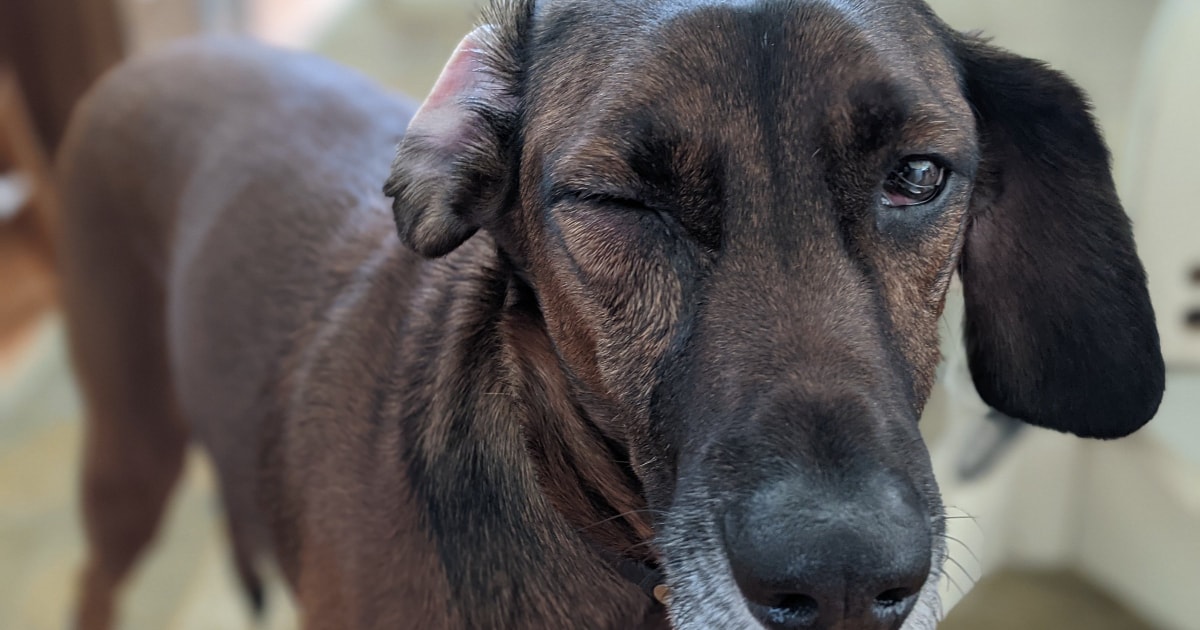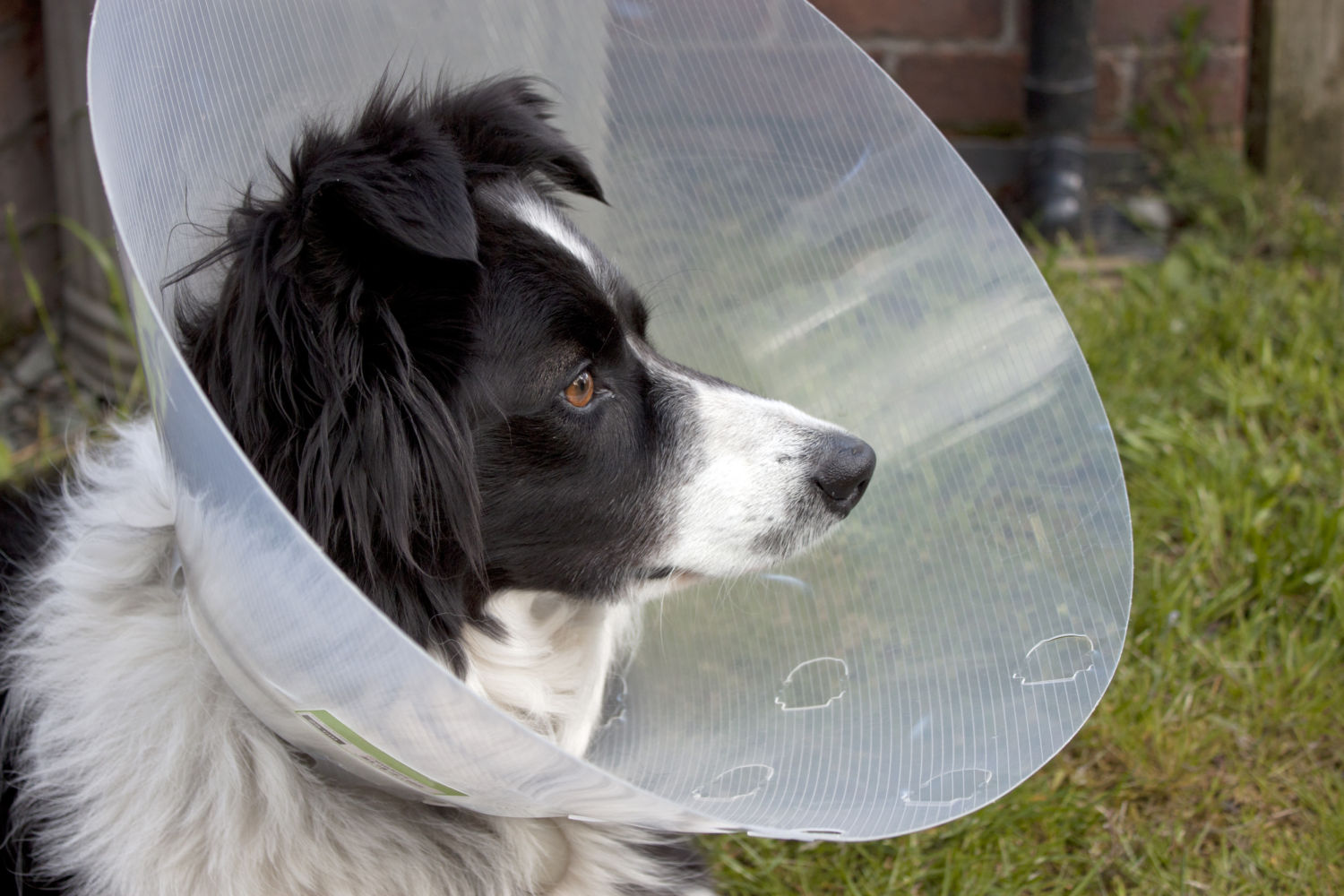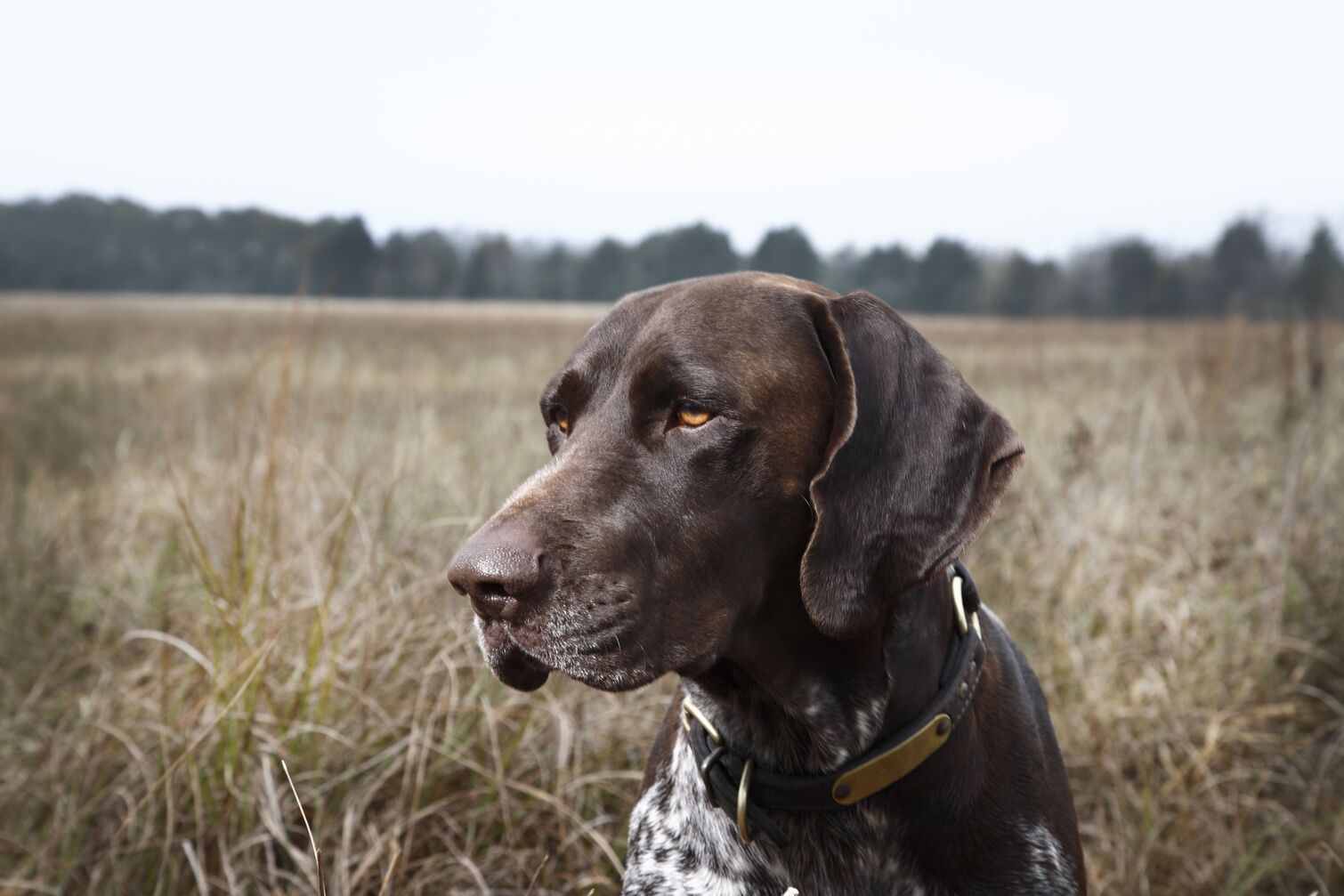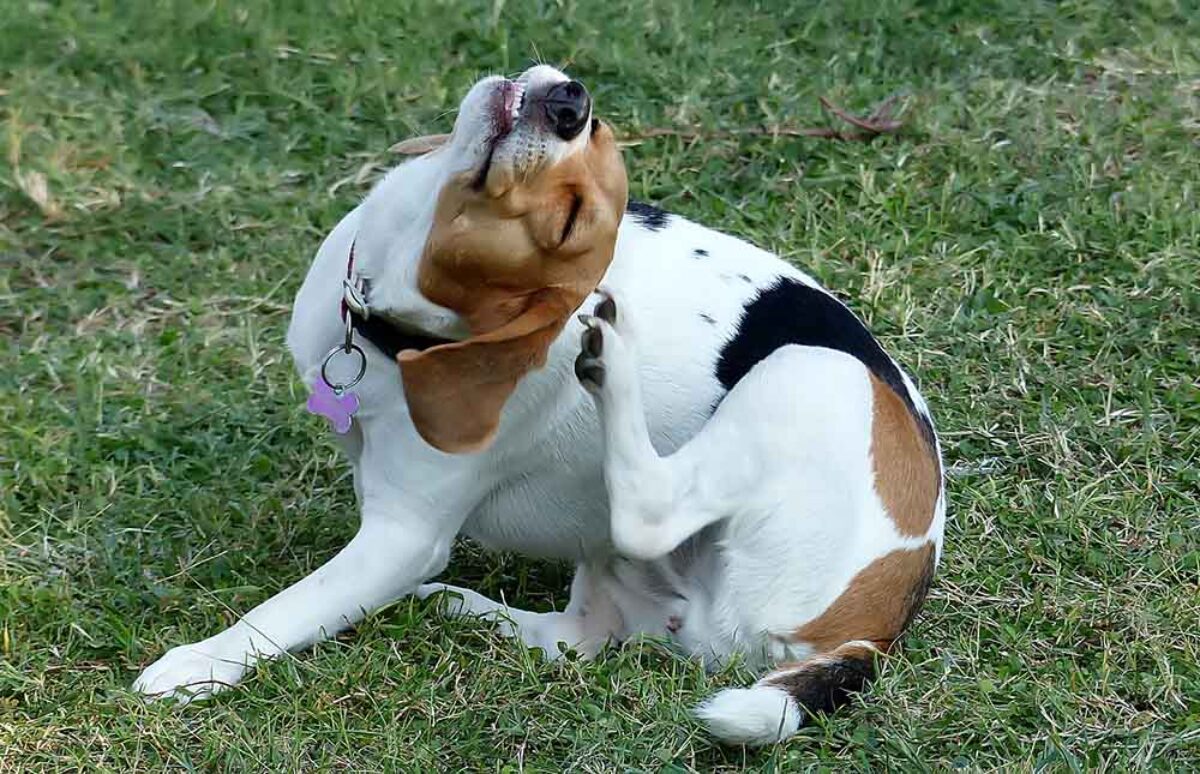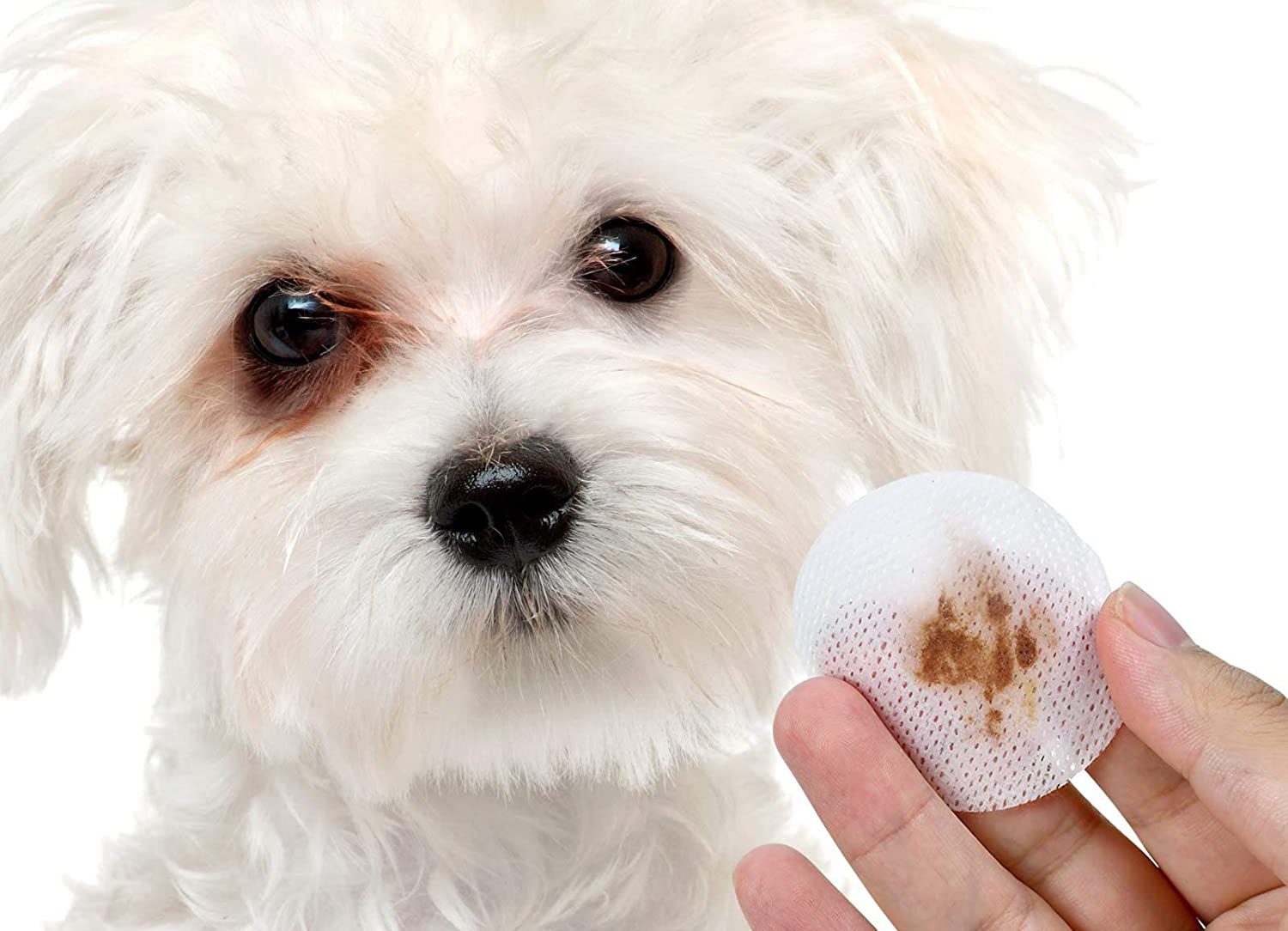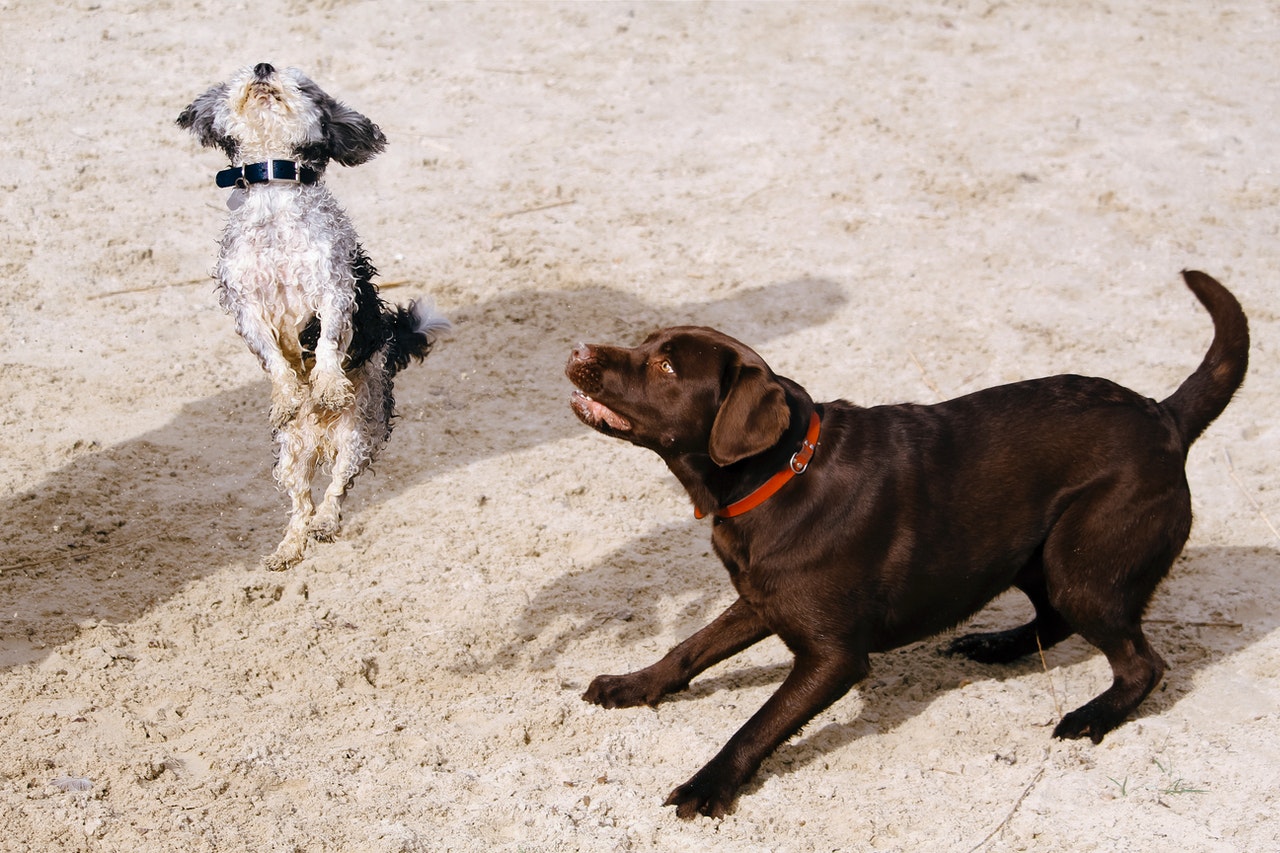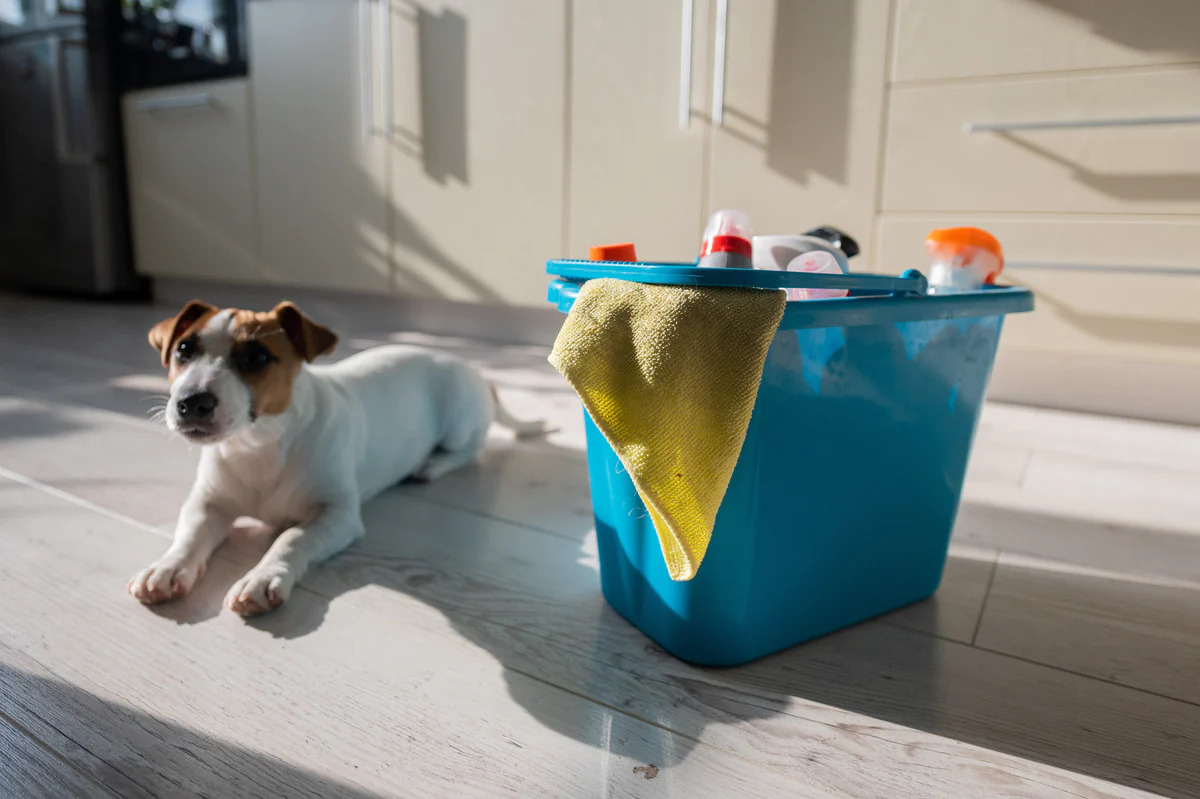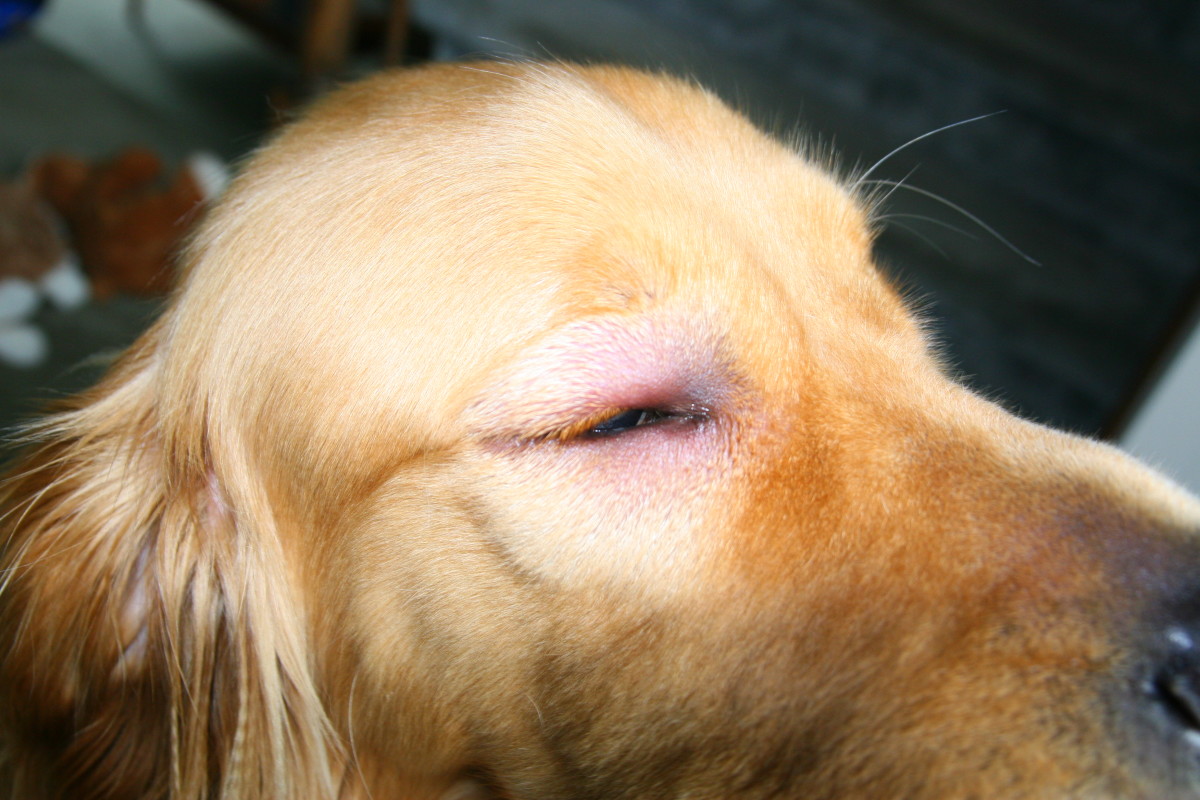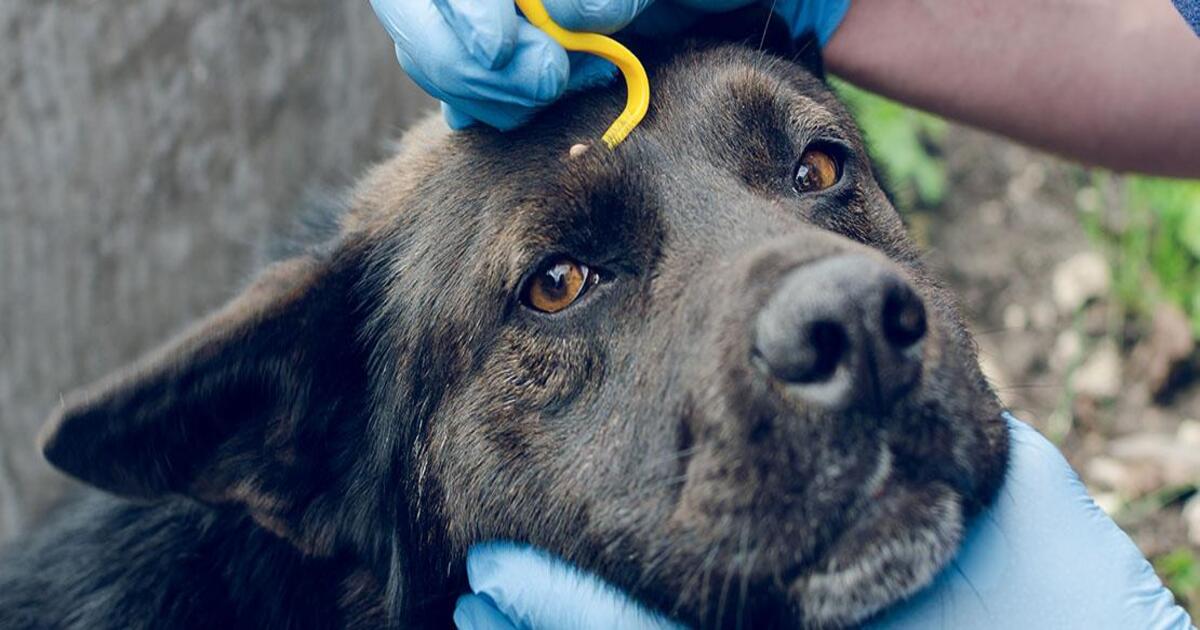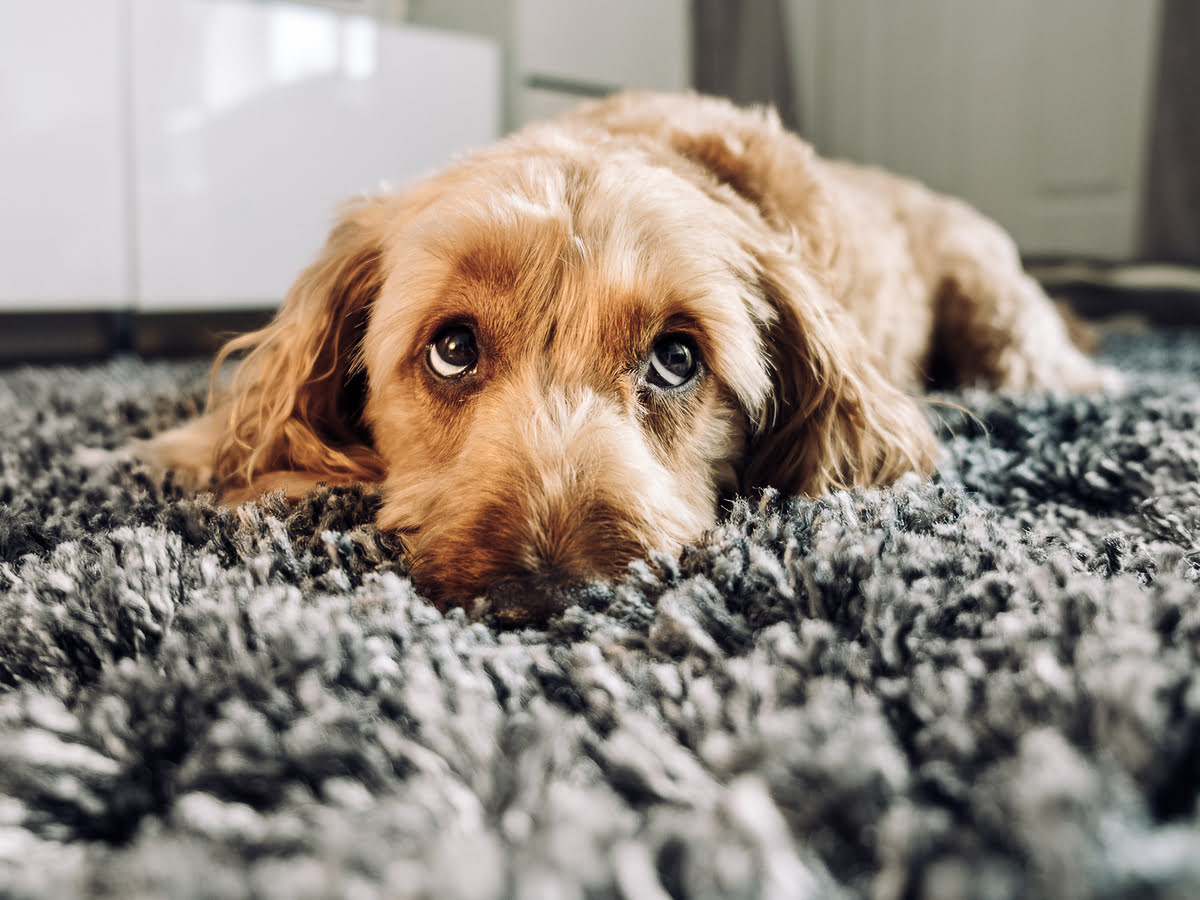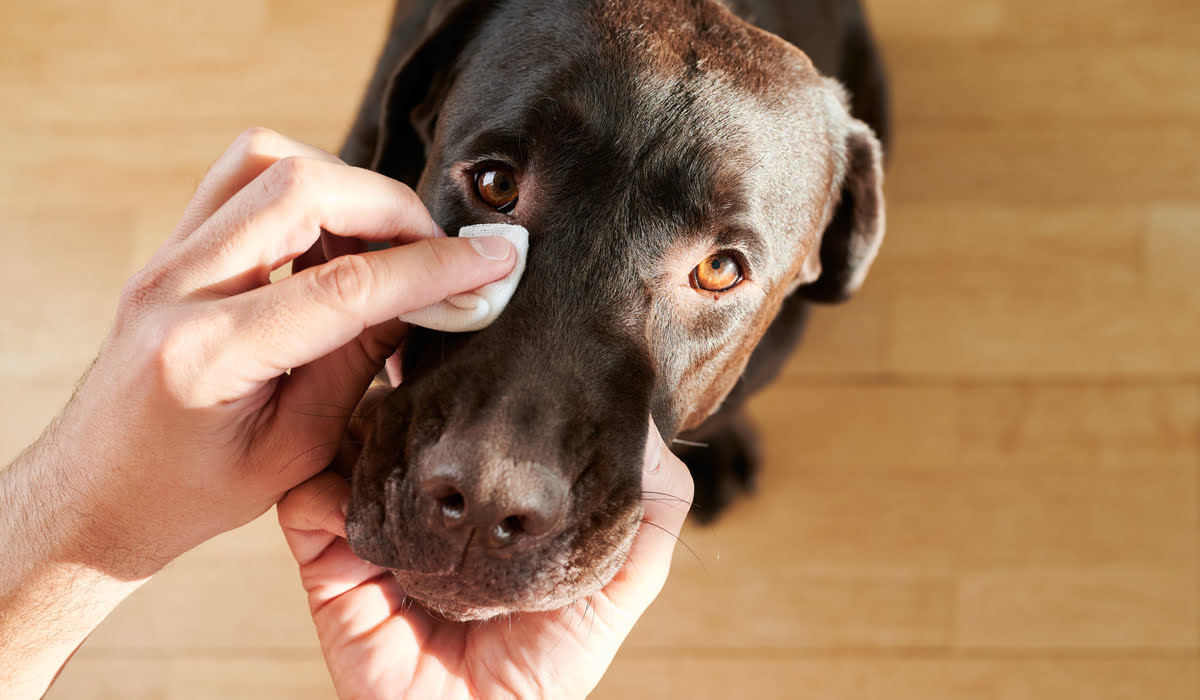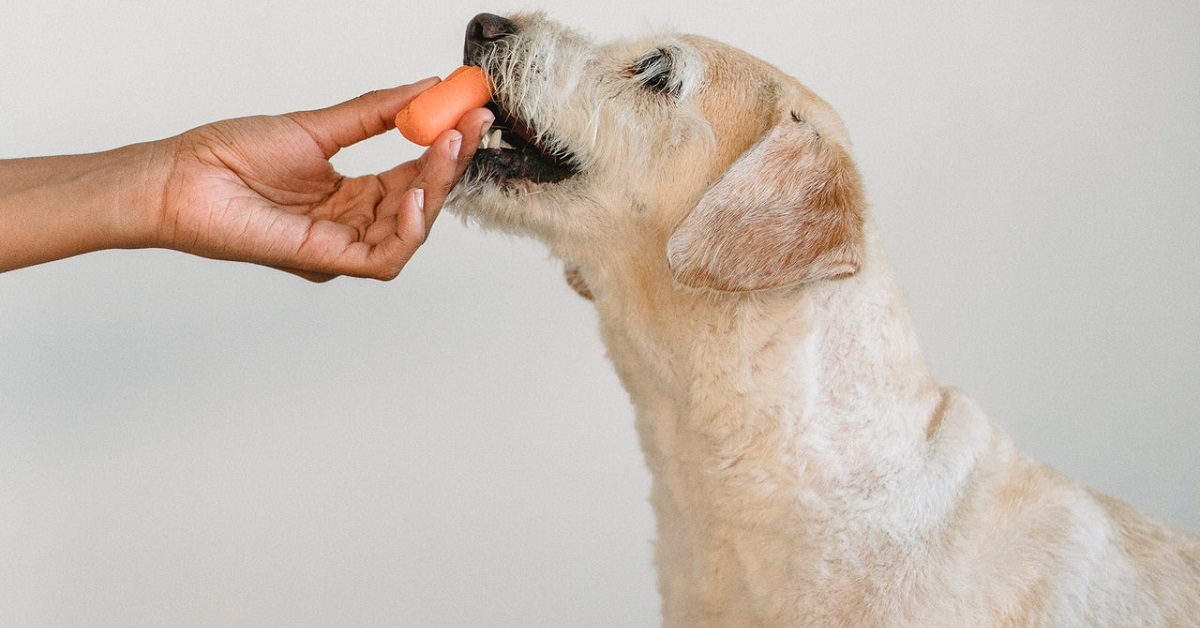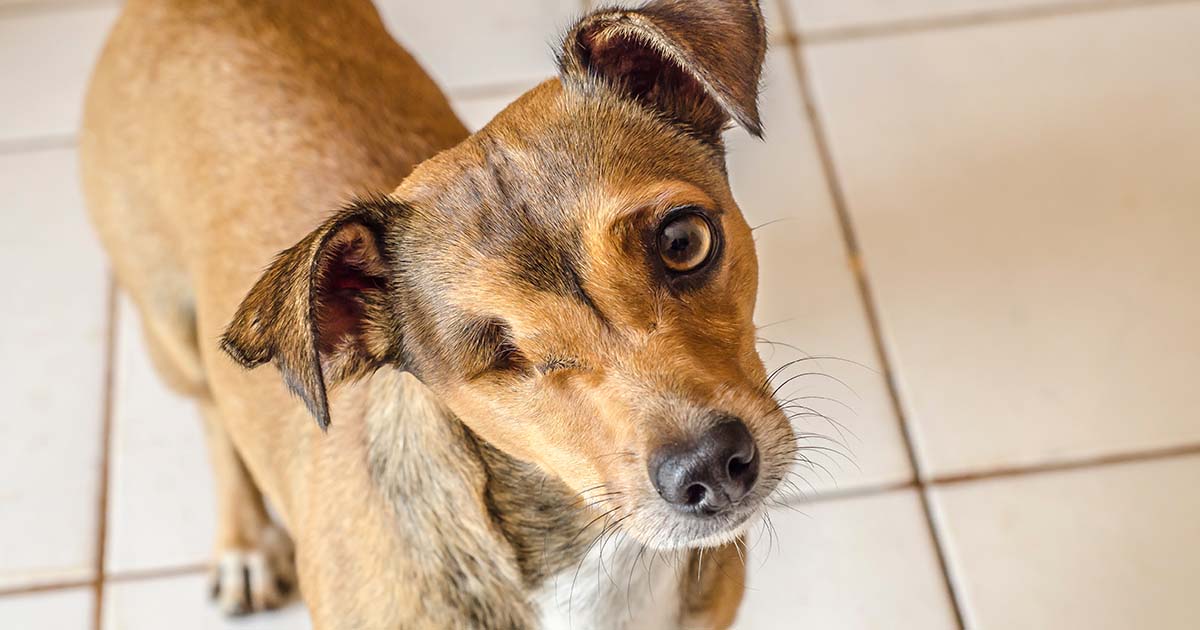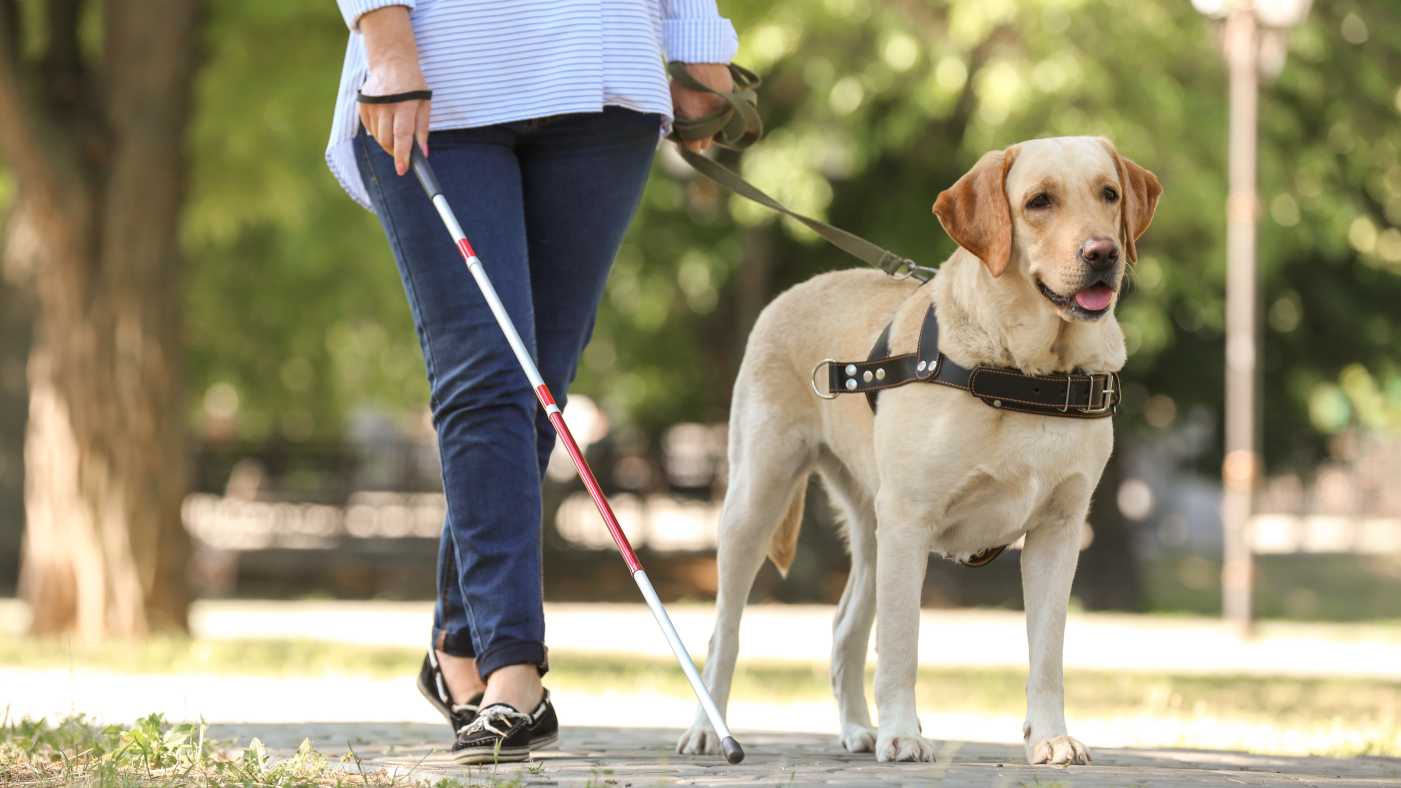Home>Health & Wellness>Common Health Issues>Eye and Ear Health>What To Do If A Dog Gets Soap In Its Eye
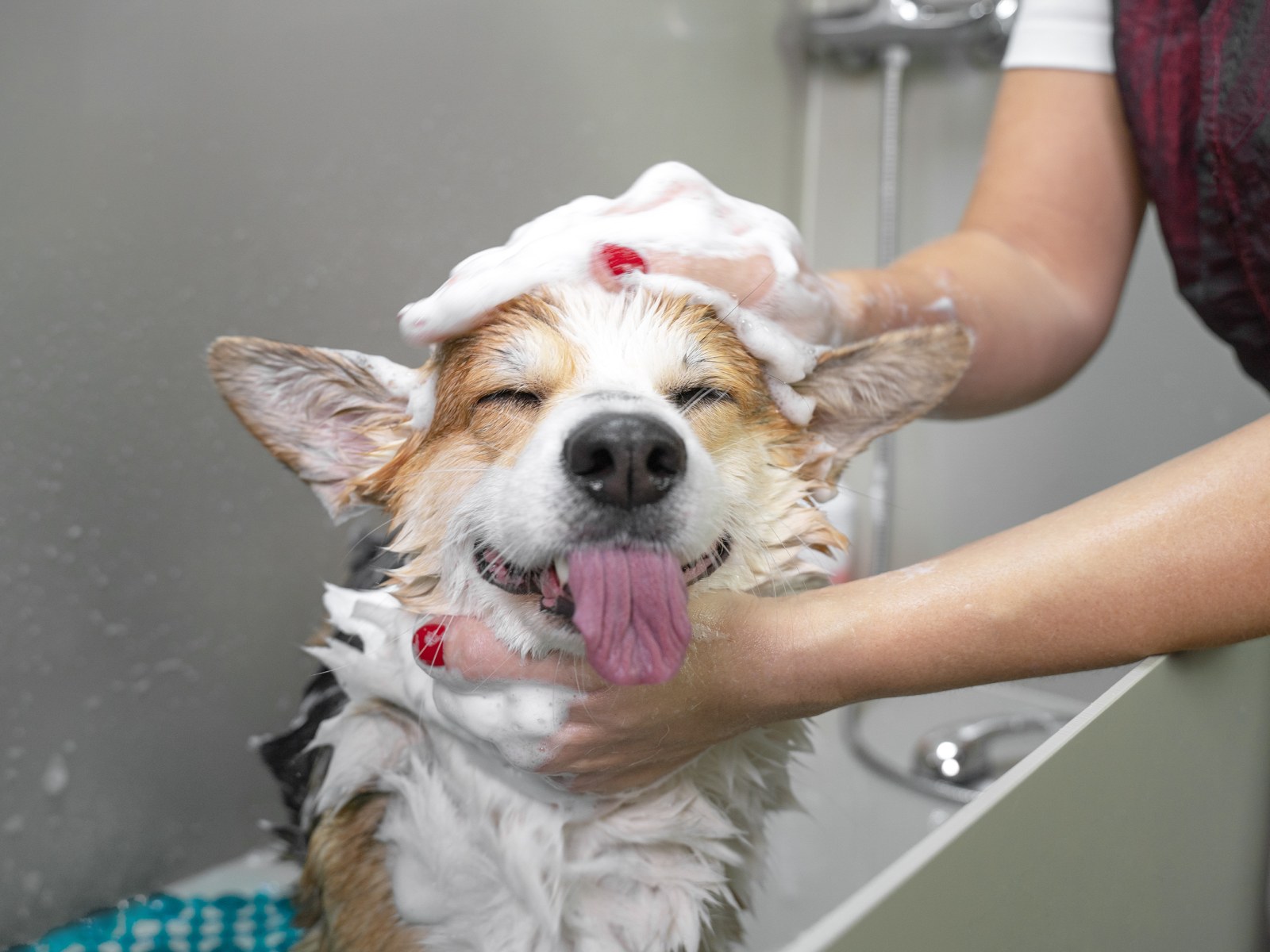

Eye and Ear Health
What To Do If A Dog Gets Soap In Its Eye
Published: February 13, 2024
Learn how to handle a dog's eye and ear health with our expert tips. Find out what to do if a dog gets soap in its eye and how to prevent it. Protect your pet's vision and hearing!
(Many of the links in this article redirect to a specific reviewed product. Your purchase of these products through affiliate links helps to generate commission for Pawsomeoldies.com, at no extra cost. Learn more)
Table of Contents
Introduction
When it comes to our furry companions, their health and well-being are of utmost importance. Dogs, known for their curious and playful nature, can sometimes find themselves in situations that may lead to discomfort or injury. One such scenario is when a dog gets soap in its eye. This can be a distressing experience for both the dog and its owner, but knowing how to handle it can make all the difference.
Soap in a dog's eye can cause irritation, redness, and discomfort. It's essential for dog owners to be aware of the signs indicating that their pet may have soap in its eye, as well as the steps to take to alleviate the situation. Additionally, understanding how to prevent soap from getting into a dog's eye in the first place is crucial for maintaining their ocular health.
In this article, we will delve into the signs that may indicate a dog has soap in its eye, the necessary steps to take if this occurs, and preventive measures to safeguard a dog's eyes from soap exposure. By being equipped with this knowledge, dog owners can effectively address this issue and ensure the well-being of their beloved pets.
Read more: What To Do For A Dog When Its Eye Is Swollen
Signs of soap in a dog's eye
When a dog gets soap in its eye, there are several signs that may indicate this discomforting situation. It's crucial for dog owners to be observant and attentive to their pet's behavior and physical cues. Here are the signs that may suggest a dog has soap in its eye:
-
Excessive Blinking and Squinting: If a dog is blinking rapidly or squinting one eye, it could be a sign of irritation caused by soap in the eye. This behavior is the dog's way of trying to alleviate the discomfort.
-
Redness and Swelling: The affected eye may appear red and swollen. This is a clear indication of irritation and inflammation resulting from the presence of soap.
-
Excessive Tearing: A dog's eye may produce an increased amount of tears in response to the irritation caused by soap. The tears may be accompanied by a clear or slightly cloudy discharge.
-
Rubbing or Pawing at the Eye: Dogs may instinctively try to alleviate the discomfort by rubbing or pawing at the affected eye. This behavior can further exacerbate the irritation and potentially lead to injury.
-
Avoidance of Light: Dogs with soap in their eye may be sensitive to light, leading them to avoid well-lit areas or squint in bright light.
-
Visible Residue: In some cases, a dog's eye may have visible soap residue, which can appear as a foamy or soapy substance around the eye or in the fur surrounding the eye.
Recognizing these signs is crucial for promptly addressing the issue and providing relief to the affected dog. By being aware of these indicators, dog owners can take the necessary steps to mitigate the discomfort and prevent further complications.
Understanding the signs of soap in a dog's eye empowers dog owners to respond effectively and ensure the well-being of their canine companions. It's essential to proceed with caution and attentiveness when addressing this issue to prevent any potential harm to the dog's delicate eye tissues.
Steps to take if a dog gets soap in its eye
Upon discovering that a dog has soap in its eye, swift and appropriate action is crucial to alleviate the discomfort and prevent potential complications. Here are the essential steps to take if a dog gets soap in its eye:
-
Stay Calm: It's natural to feel concerned when a dog experiences discomfort, but remaining calm is essential. Dogs are sensitive to their owners' emotions, and a composed demeanor can help reassure the pet and facilitate the necessary care.
-
Restraint and Comfort: Gently restrain the dog to prevent further rubbing or pawing at the affected eye. Comfort the dog with soothing words and gentle strokes to help keep it calm during the process.
-
Flush the Eye: Use a saline solution or lukewarm water to flush the affected eye. This can help rinse away the soap and alleviate the irritation. It's important to ensure that the solution is at a comfortable temperature to avoid causing additional discomfort to the dog.
-
Gently Remove Residue: If there is visible soap residue around the eye or in the fur, carefully and gently remove it using a clean, damp cloth. Avoid applying excessive pressure or causing further irritation to the eye.
-
Observe and Monitor: After flushing the eye and removing any visible residue, observe the dog's behavior and the affected eye. Look for signs of improvement, such as reduced redness and blinking, as well as a decrease in tearing.
-
Seek Veterinary Advice: If the dog continues to exhibit signs of discomfort or if there are any concerns about the eye's condition, it's advisable to seek veterinary advice promptly. A veterinarian can provide a thorough examination and recommend appropriate treatment if necessary.
-
Prevent Further Exposure: Take measures to prevent the dog from coming into contact with the soap or any other potential irritants. This may involve adjusting bathing routines or ensuring that the dog's environment is free from substances that could harm its eyes.
By following these steps, dog owners can effectively address the situation if their pet gets soap in its eye. Prompt and attentive care is essential in providing relief to the dog and safeguarding its ocular health. It's important to approach the process with gentleness and patience, prioritizing the well-being of the beloved canine companion.
Preventing soap from getting in a dog's eye
Preventing soap from getting in a dog's eye is a proactive approach that can significantly contribute to maintaining a dog's ocular health and overall well-being. By implementing preventive measures, dog owners can minimize the risk of their pets experiencing discomfort or irritation due to soap exposure. Here are essential steps to prevent soap from getting in a dog's eye:
-
Choose Tear-Free Formulas: When selecting grooming products such as shampoos and soaps for bathing dogs, opt for tear-free formulas specifically designed for pets. These products are formulated to be gentle on a dog's eyes, reducing the likelihood of irritation if accidental contact occurs during the bathing process.
-
Mindful Application: During the bathing process, exercise caution and mindfulness to prevent soap from coming into contact with the dog's eyes. Gently wash the dog's face, avoiding the area around the eyes as much as possible. Using a damp cloth to clean the facial area can help minimize the risk of soap reaching the eyes.
-
Rinsing Thoroughly: After applying soap or shampoo during the bath, ensure thorough rinsing to remove all traces of the product from the dog's fur. Pay particular attention to the facial area, including around the eyes, to eliminate any residual soap that could potentially cause irritation.
-
Protective Measures: To provide an extra layer of protection, consider using a tear-free, hypoallergenic eye wash specifically formulated for dogs. This can be used to gently cleanse the area around the eyes after bathing, further reducing the risk of any lingering soap residue causing discomfort.
-
Positive Reinforcement: Training dogs to associate bath time with positive experiences can help minimize stress and excessive movement during the bathing process. This can reduce the likelihood of accidental soap contact with the eyes due to the dog's agitation or attempts to escape the bath.
-
Supervision and Environment: Maintain a controlled bathing environment and supervise the dog throughout the process to prevent it from coming into contact with soap or other grooming products. Additionally, ensure that the bathing area is free from potential hazards that could lead to soap entering the dog's eyes.
By incorporating these preventive measures into the dog's grooming routine, owners can actively reduce the risk of soap getting in their pet's eyes. Prioritizing gentle and mindful bathing practices not only safeguards the dog's ocular health but also contributes to a positive and stress-free bathing experience for both the pet and its owner.
When to seek veterinary help
In certain instances, despite initial care and observation, a dog's eye may continue to exhibit signs of discomfort or irritation after being exposed to soap. In such cases, seeking veterinary assistance becomes imperative to ensure the dog's ocular health is properly addressed.
If the dog's eye displays persistent redness, swelling, or excessive tearing even after flushing and gentle cleaning, it indicates that the irritation may require professional attention. Additionally, if the dog continues to exhibit signs of discomfort such as excessive blinking, squinting, or avoidance of light, veterinary intervention is warranted to assess the underlying cause and provide appropriate treatment.
Furthermore, if the dog's eye appears to be producing a cloudy or purulent discharge, it may indicate an infection or a more serious issue that necessitates veterinary evaluation. Any visible injury to the eye or surrounding tissues, such as scratches or abrasions, should prompt immediate veterinary care to prevent potential complications and ensure proper healing.
It's important to note that certain breeds, particularly those with prominent eyes or brachycephalic (short-nosed) breeds, may be more susceptible to eye-related issues. If a dog belonging to such breeds experiences soap exposure in the eye, it is advisable to seek veterinary guidance promptly, as these breeds may be predisposed to ocular conditions that require specialized care.
Additionally, if the dog's behavior indicates persistent discomfort, such as continuous rubbing or pawing at the affected eye, despite initial care and preventive measures, consulting a veterinarian is essential. Persistent discomfort can be indicative of an underlying issue that requires professional assessment and treatment to alleviate the dog's distress.
In summary, if a dog's eye continues to exhibit signs of irritation, discomfort, or abnormal discharge after initial care for soap exposure, seeking veterinary help is crucial. Timely intervention by a veterinarian can address any underlying issues, provide appropriate treatment, and ensure the dog's ocular health is safeguarded. Prioritizing the well-being of the dog and seeking professional guidance when necessary are essential steps in maintaining the health and happiness of our beloved canine companions.
